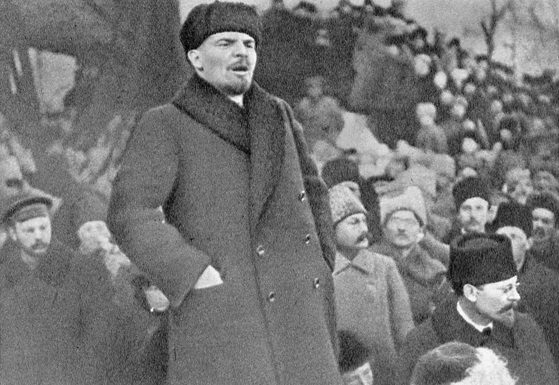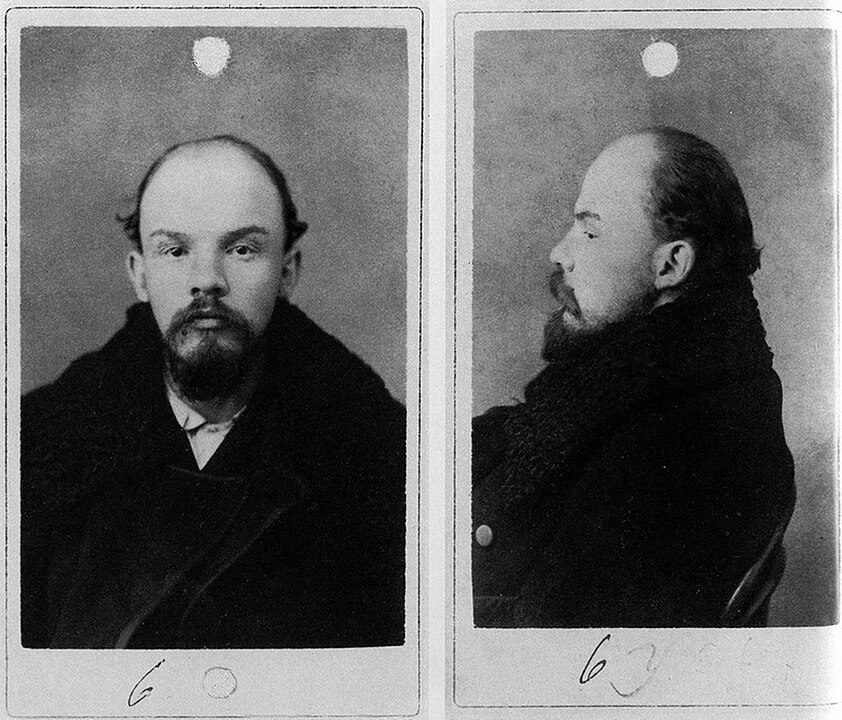Vladimir Lenin was known for being one of the most influential people of the 20th century, and with good reason. As one of the founders of the Soviet Union, to this day, Lenin’s legacy is one of great controversy and debate – and, if you know anything at all about Russian history, it’s that its leaders are never shy to make their feelings – and power – known. With that in mind, whether or not you’re already clued up on the USSR, here’s some fun facts about Vladimir Lenin.
1. Lenin wasn’t his birth name, though he was certainly a Russian national.
Although most people know him by Lenin, the Soviet leader was actually born Vladimir Ilyich Ulyanov, back on April 22, 1870, in Simbirsk – which these days is known as Ulyanovsk.
2. Lenin was famously the leader of what became the Communist Party.
Lenin was known for leading revolters against the Tsarist regime in Russia via his Bolshevik Party, which in itself was actually a faction from the Russian Social Democratic Labour Party. That party would then, eventually, become known as the Communist Party after Lenin took charge, and the country became the Soviet Union, otherwise known as the USSR.
3. Lenin’s role in the Russian Revolution was pivotal.
Lenin played a vital role at the front of the Russian Revolution, which took place all the way back in 1917. The controversial revolution led to the overthrow of Russia’s then-provisional government and Tsarism – and, thus, the establishment of a socialist government.

4. He led the October Revolution.
The October Revolution, which was also known as the Bolshevik Revolution, unfolded under Lenin’s leadership in 1917 – through this movement, the Bolsheviks would take control of Russia and start making serious changes.
5. Lenin was instrumental in setting up the USSR.
Following the revolution and the overthrowing of the government, Lenin became the head of state. He then played a central role in the founding of the Soviet Union in 1922, and the creation of the Red Army, the USSR’s new military force.
6. He introduced the NEP, too.
Lenin’s New Economic Policy, or NEP, helped to stabilize the Soviet Union’s economy – it was launched in 1921, with the aim to keep a tight rein on private enterprising and market movements. That said, the USSR had already seized the means of production in the country through what’s become known as “War Communism.”
7. He was also a well-established author.
Lenin was a prolific writer and political theorist alongside being a revolutionary. His works, such as “Imperialism, the Highest Stage of Capitalism” and “State and Revolution,” were among his most famous pieces – were there any revolutionary leaders who didn’t write books?
8. Lenin currently lies in state via mausoleum.
Lenin’s body was, believe it or not, embalmed after his death. His mausoleum in Moscow’s Red Square has been a site of pilgrimage for decades.
9. Lenin would die only a few years into his leadership.
Lenin suffered a series of strokes in 1922, passing away on January 21, 1924, in Gorki, near Moscow.
10. His legacy lives on – through controversy and otherwise.
Lenin’s ideas and policies had a profound and lasting impact on the development of the Soviet Union, and arguably helped to push the spread of communism around the world. However, his legacy is complicated. While he is celebrated as a hero by some, he is also criticized for his role in the establishment of a one-party authoritarian state by many others. And, of course, without Lenin, Russia as we know it today would be much different.

FAQs about Vladimir Lenin
What did Vladimir Lenin do in World War I?
During World War I, Vladimir Lenin actually advocated for Russian defeat. He argued that it would hasten the revolution he wanted in the country – and, it was during World War I that he wrote and published Imperialism, The Highest Stage of Capitalism.
Who did Vladimir Lenin love?
Vladimir Lenin was married to Nadezhda Krupskaya. They were married by 1898 until his death in 1924.
How old was Vladimir Lenin when he died?
Vladimir Lenin eventually died on January 21, 1924, at the age of just 53 years old – having suffered serious strokes two years prior.
Further reading
https://facts.uk/tag/Soviet-Union
https://www.history.com/topics/european-history/vladimir-lenin
https://www.investopedia.com/terms/v/vladimir-lenin.asp
Do you know any interesting facts about Vladimir Lenin? Share them in the comments section below!







